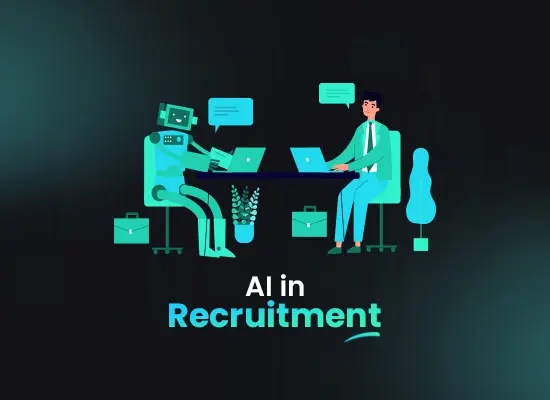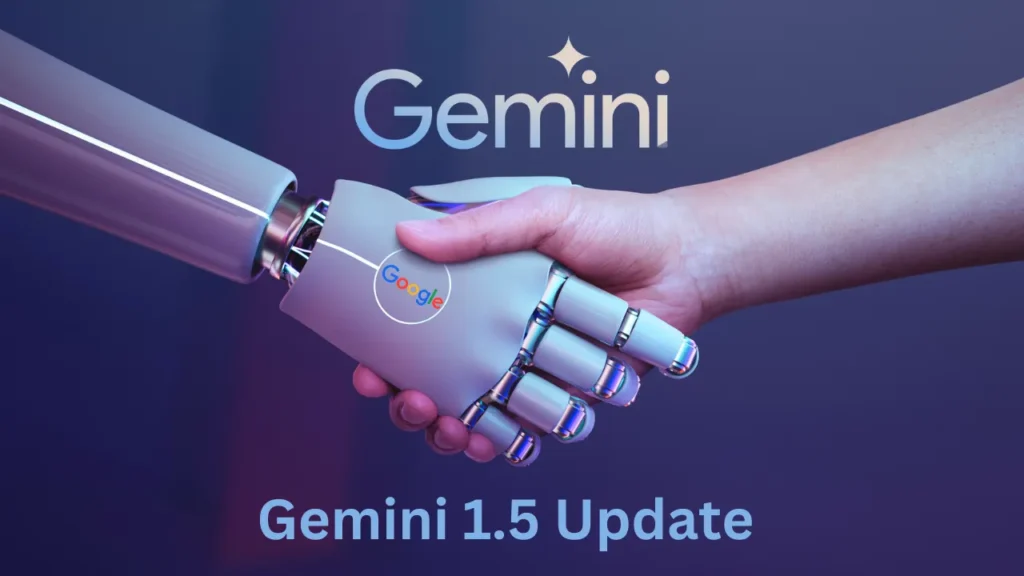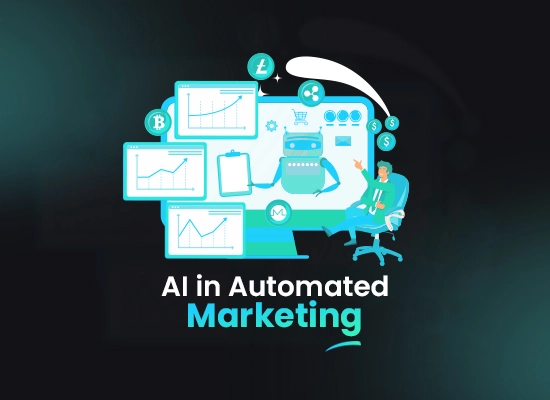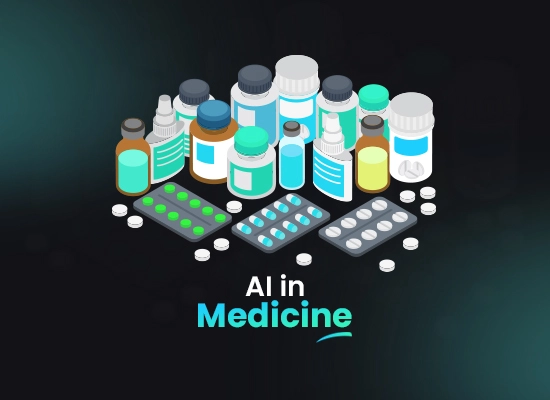What is Natural Language Generation (NLG)? – Reconstructing Communications in Businesses

Contents
Natural Language Generation (NLG) is a subfield of artificial intelligence (AI) and computational linguistics that focuses on the automatic generation of natural language text or speech from structured data. The primary objective of NLG is to bridge the gap between machine understanding of data and the communication of that information in a form that is easily interpretable by humans. This process involves converting raw data, often in the form of numbers, facts, or structured information, into coherent and contextually relevant language.
One of the fundamental aspects of NLG is its ability to create human-like language, making the output sound as if it were crafted by a person rather than a machine. This includes aspects such as syntax, grammar, semantics, and even stylistic elements. NLG systems leverage advanced algorithms and linguistic models to analyze and understand the underlying data, enabling them to generate language that is contextually appropriate and tailored to the intended audience.
NLG is employed in various applications across different industries. In business, it is commonly used for automating the creation of reports, summaries, and other written content. In healthcare, NLG can assist in translating complex medical data into patient-friendly narratives. Additionally, NLG finds applications in virtual assistants, chatbots, and data storytelling, enhancing the user experience by providing information in a natural and easily understandable format.
The NLG process typically involves several key steps, including data analysis, content planning, text generation, and language refinement. The system first interprets the input data, identifies relevant patterns, and determines the most salient information to include in the output.
NLU vs NLP vs NLG
Natural Language Understanding (NLU)
The field of artificial intelligence (AI) known as “natural language understanding” (NLU) focuses on how well computers can understand and interpret human language. With the help of this technology, machines can now comprehend, analyze, and extrapolate meaning from spoken or written language, facilitating more human-like interactions with people. Semantic analysis, context comprehension, text and speech processing, and other activities are all part of NLU.
Sophisticated natural language understanding (NLU) systems employ deep neural networks and machine learning algorithms to recognize objects, collect pertinent data, and comprehend the subtleties of language such as sentiment, context, and intent. In order to improve robots’ ability to have meaningful and natural conversations with users, natural language understanding (NLU) is essential for the development of applications such as chatbots, virtual assistants, and language translation services.
Natural Language Processing (NLP)
The area of artificial intelligence (AI) known as natural language processing (NLP) is concerned with how computers and human language interact. It includes the creation of models and algorithms that allow robots to comprehend, interpret, and produce language that is similar to that of humans.
Natural Language Processing (NLP) integrates computer science, machine learning, and linguistics to process, interpret, and extract meaning from large amounts of spoken or written data. Language translation, sentiment analysis, speech recognition, and information extraction are important NLP activities.
By bridging the gap between human-machine comprehension and communication, applications like chatbots, virtual assistants, and language-based interfaces will be made possible. NLP is essential to the advancement of human-computer interaction because it enables machines to understand and react to natural language in a way that improves user experience and opens up a plethora of applications in diverse industries.
Natural Language Generation (NLG)
The automatic generation of human-like language from structured data or information is the subject of the artificial intelligence subfield known as “natural language generation,” or NLG. NLG systems translate data—often in the form of databases or numerical information—into comprehensible, contextually relevant written or spoken language using linguistic principles and algorithms.
Thanks to this technology, machines are now able to produce textual information, from simple lines to intricate narratives, that is meaningful and relevant to the context.
NLG is used in many different fields, including chatbots, automated content production, business intelligence reporting, and summarization. NLG improves human-machine communication by emulating human language patterns and comprehending context. This helps to create more intuitive and natural interactions in domains such as data analytics, customer service, and information sharing.
How Does Natural Language Generation Work?
Natural Language Generation (NLG) is a branch of artificial intelligence (AI) that focuses on the generation of human-like text or speech. It involves the computer’s ability to understand and produce language in a way that is coherent, contextually relevant, and grammatically accurate. NLG is commonly used in applications such as chatbots, content creation, data summarization, and report generation. Here’s a general overview of how NLG works:
1- Input Data:
NLG systems typically start with structured or unstructured data as input. This data can come from various sources such as databases, spreadsheets, or other structured formats.
2- Data Processing and Analysis:
The input data is analyzed to identify patterns, relationships, and key insights. This analysis helps the NLG system understand the context and structure of the information it needs to generate into natural language.
3- Content Planning:
Based on the analyzed data, the NLG system then plans the content it needs to generate. This involves deciding what information is relevant, the order in which it should be presented, and how to convey it in a coherent manner.
4- Text Generation:
The NLG system uses predefined templates, rules, or machine learning algorithms to convert the planned content into human-readable text. Depending on the complexity of the system, this could involve rule-based approaches, statistical models, or deep learning techniques.
5- Language Structuring:
The generated text is structured and formatted to ensure grammatical correctness, coherence, and readability. This step may involve linguistic rules and algorithms to mimic natural language patterns.
6- Review and Refinement:
NLG systems often have a review mechanism that assesses the generated text for errors, inconsistencies, or ambiguities. This step ensures that the output meets quality standards and is suitable for the intended purpose.
7- Output:
The final output is presented as natural language text or speech. It can be used in various applications, such as generating reports, creating content for websites, providing responses in chatbots, and more.
It’s important to note that NLG systems can vary in complexity, from simple rule-based systems to more advanced machine learning models. Some NLG models are trained on large datasets to learn language patterns, while others may rely on predefined templates and rules. The choice of approach depends on the specific requirements of the application and the available resources.
Importance of Natural Language Generation:
Natural Language Generation (NLG) holds immense importance in various fields due to its ability to convert structured data into human-readable and understandable language. This technology plays a crucial role in enhancing communication between machines and humans, making it an invaluable tool in today’s data-driven world. One of the primary advantages of NLG is its ability to automate the generation of written content, reducing the burden on human writers and enabling organizations to produce large volumes of text in a scalable and efficient manner.
In business intelligence and analytics, NLG is instrumental in transforming complex data sets and statistical information into coherent narratives. This facilitates better comprehension of data insights, enabling decision-makers to grasp the significance of trends, patterns, and key metrics. By providing clear and concise explanations in natural language, NLG enhances the accessibility of information, making it easier for a broader audience to interpret and act upon data-driven insights.
Another critical application of NLG is in the development of virtual assistants and chatbots. These conversational agents leverage NLG to understand user queries and generate contextually relevant responses in natural language. This capability is particularly vital in customer service, where NLG-driven chatbots can handle routine inquiries, resolve issues, and provide information seamlessly, improving user experience and freeing up human agents to address more complex tasks.
In the healthcare sector, NLG is employed to transform electronic health records and clinical data into comprehensible narratives. This not only aids healthcare professionals in understanding and communicating patient information effectively but also contributes to the standardization of medical reporting. NLG-powered systems can generate detailed and personalized patient reports, facilitating better communication among medical professionals and ensuring more accurate and timely decision-making.
In the context of accessibility, NLG can be a game-changer. It enables the conversion of textual information into speech, benefiting individuals with visual impairments or those who prefer auditory information. By making content more inclusive and accessible, NLG contributes to breaking down barriers and fostering equal opportunities for information consumption.
Overall, the importance of Natural Language Generation lies in its ability to bridge the gap between raw data and human understanding, fostering efficient communication, enabling automation, and enhancing accessibility across various domains. As technology continues to evolve, NLG is likely to play an increasingly central role in transforming the way information is generated, communicated, and consumed.
Seamless Collaboration | Cost-Efficient Solutions | Faster Time-to-Market

What are the Natural Language Generation Applications:
Natural Language Generation (NLG) is a subfield of artificial intelligence that focuses on creating natural language text or speech as output based on data and algorithms. NLG finds applications in various domains, and some of the notable ones include:
Automated Content Generation:
News Articles: NLG can be used to generate news articles, financial reports, and sports summaries based on structured data.
E-commerce Product Descriptions: NLG can create product descriptions for e-commerce websites based on product specifications and features.
Business Intelligence and Reporting:
Financial Reports: NLG can transform financial data into written narratives, providing insights and explanations of key financial metrics.
Performance Reports: NLG can be used to generate performance reports for businesses, summarizing key metrics and trends.
Chatbots and Virtual Assistants:
Customer Service: NLG powers chatbots to understand user queries and generate appropriate responses, providing human-like interactions.
Virtual Assistants: NLG is employed in virtual assistants to generate spoken or written responses to user commands.
Data Visualization:
Narrative Dashboards: NLG can enhance data visualization tools by providing written explanations and insights about charts, graphs, and data trends.
Medical and Scientific Writing:
Clinical Reports: NLG can assist in generating clinical reports and patient summaries based on medical data.
Scientific Papers: NLG can be used to draft sections of scientific papers, especially for routine and data-heavy content.
Educational Content:
Tutoring Systems: NLG can create educational content, explanations, and feedback for tutoring systems and e-learning platforms.
Automatic Grading: NLG can provide feedback on student assignments and assessments.
Legal Document Generation:
Contracts and Agreements: NLG can assist in generating legal documents by transforming structured legal data into natural language.
Personalized Marketing:
Email Campaigns: NLG can be used to generate personalized email content for marketing campaigns based on customer data and preferences.
Product Recommendations: NLG can create personalized product recommendations in marketing materials.
Language Translation:
Translation Services: NLG can be integrated into language translation services to provide more natural and contextually appropriate translations.
Accessibility
Text-to-Speech Systems: NLG plays a role in converting written text into spoken words, making content accessible for individuals with visual impairments.
These applications showcase the versatility of NLG in automating the generation of natural language text across diverse domains.
Seamless Collaboration | Cost-Efficient Solutions | Faster Time-to-Market

Natural Language Generations Examples
Natural Language Generation (NLG) is a subfield of artificial intelligence (AI) that focuses on the automatic generation of natural language from data. NLG systems take structured data and transform it into human-readable text. Here are some examples of Natural Language Generation:
Data Reporting:
NLG can be used to automatically generate reports from large datasets. For instance, a financial analyst might use NLG to create textual summaries of quarterly financial reports.
Business Intelligence:
NLG tools can analyze and interpret business data, creating written summaries and insights. This can be used for performance reviews, sales reports, and other business-related documentation.
E-commerce Product Descriptions:
For large e-commerce websites, NLG can be employed to automatically generate product descriptions based on specifications, features, and user reviews.
Weather Reports:
NLG systems can generate weather reports by interpreting meteorological data. This is often used for creating text-based weather forecasts for news outlets or mobile applications.
Automated Content Creation:
Some websites use NLG to automatically generate news articles, sports reports, or other content based on data inputs. This can be particularly useful for generating routine or data-driven content.
Chatbots and Virtual Assistants:
NLG is an essential component of chatbots and virtual assistants, helping them generate human-like responses to user queries.
Medical Reports:
In the healthcare industry, NLG can assist in generating patient reports, summarizing medical records, or translating complex medical data into understandable narratives for both healthcare professionals and patients.
Legal Document Generation:
NLG can be employed to generate routine legal documents, contracts, or summaries based on predefined templates and data.
Language Translation:
NLG can be used in conjunction with machine translation to generate natural-sounding translations of text from one language to another.
Personalized Messaging:
NLG can be used to generate personalized messages or emails, adapting content based on individual preferences, behaviors, or past interactions.
These examples highlight the versatility of NLG in various domains, making it a valuable technology for automating the generation of human-like text across different applications.
Conclusion:
NLG is derived from large language modeling, a technique in natural language processing that trains words to predict words based on words that come before them. A huge language model will produce the text that it believes makes the greatest sense when given a piece of text.
However, NLU and NLP are equally essential to an effective NLG model. Computational linguistics holds that in order for a computer to generalize natural language, it must be able to both process and comprehend human language.
The power of natural language generation to quickly and human-like analyze and describe vast volumes of data not only astounds but also feeds persistent concerns about AI’s potential to replace human workers. However, Alammar noted that NLG software may be quite helpful to their human counterparts, especially when it comes to assisting writers in scaling their work.
NLG still needs a significant amount of human interaction, just as the majority of other artificial intelligence. We’re still working to identify all the potential abuses and biases associated with natural language creation. Furthermore, we’re discovering that NLG-generated text frequently has blatant errors, which has further ramifications.

Author Bio
Frequently Asked Questions (FAQs)
What is meant by natural language generation?
Natural Language Generation (NLG) is a branch of artificial intelligence that involves the automatic generation of human-like language from structured data. NLG transforms structured information into coherent and contextually appropriate text, enabling machines to communicate in a language that resembles natural human expression.
Why is natural language generation critical?
Natural Language Generation (NLG) is critical as it automates the creation of human-like text from data, enhancing communication and efficiency. NLG applications range from content generation to data analysis, providing valuable insights, improving decision-making, and enabling more accessible and personalized interactions in various industries.
What are natural language understanding and generation?
Natural Language Understanding (NLU) involves computer comprehension of human language, enabling machines to interpret and extract meaning from text or speech. Natural Language Generation (NLG) pertains to machines producing human-like language, generating coherent and contextually relevant text or speech based on input data or prompts.
What are the steps in natural language generation?
Natural Language Generation (NLG) involves several steps:
1. Content determination
2. Document structuring
3. Sentence planning
4. Lexicalization
5. Referring expression generation
6. Realization.
These steps collectively transform structured data into coherent and contextually appropriate human-like language, facilitating communication between machines and humans.
What are natural language and examples?
Natural language is a communication system used by humans, evolving organically. It includes spoken and written expressions, like English or Mandarin. Examples encompass everyday conversations, literature, and digital communication. Natural languages facilitate human interaction, conveying thoughts, emotions, and information.
Where is natural language generation used?
Natural Language Generation (NLG) finds application in diverse fields, including content creation, automated report generation, chatbots, and personalized messaging. It’s employed in business intelligence, e-commerce, healthcare, and customer service, enhancing communication and automating textual content across various industries.
